Rebellious or Obedient (Non-rebellious), Popular or Unpopular:
10 Polish Albums from Fogg to The Dumplings via Vader
In the first instalment of this two-part article, I proposed a new way of assessing popular musical productions while avoiding the obsession for the ranking system. The outcome was a musical coordinate system that would help us see how people map their understanding of musical artists, albums, songs and performances following according to opposing variables.
To test the experiment I asked my students (divided into two groups) to take part in the following exercise. Classify 10 Polish albums released over the last five decades according to ‘level of popularity’ and ‘level of rebelliousness.’
Of course, the notion of what is rebellious and what is not is open for discussion. The meaning of concepts like “socio-political obedience” and “rebelliousness” could resonate differently to various audiences. The level of rebelliousness of a given musical project could be measured through indicators in the form of logical conditions as such:
IF
- political authorities would prefer that you listen to something else;
- your grandmother would ban you Sunday lunch after you purchased the picture disc vinyl of the band; and
- you are the only one among your classmates to listen to it
THEN, this is probably an album to position inside the rebellious quadrant of the graphs.
The notion of popularity is also a good topic for debate. My students, for instance, found some challenges while trying to evaluate some artists from the PRL period. One of my students wrote: “The most difficult to put [on the graph] were the old albums, those recorded in the 1950s or 1960s because it’s hard for us born in the 90s to know if they were popular. Some of the songs on these albums have made our work easier because they are famous even now.”
It’s important to note that even if the selection of albums appears relatively random, I have tried to choose recordings somewhat dissimilar from each other. I also tried to select albums that can be identified as a first full-length record of a musical act under specific name/alias among artists with a certain career length or have at least three albums. Here are the results of my students’ deliberations. I’ll let you guess which of the graphs corresponds to the girls group and which to the boys.
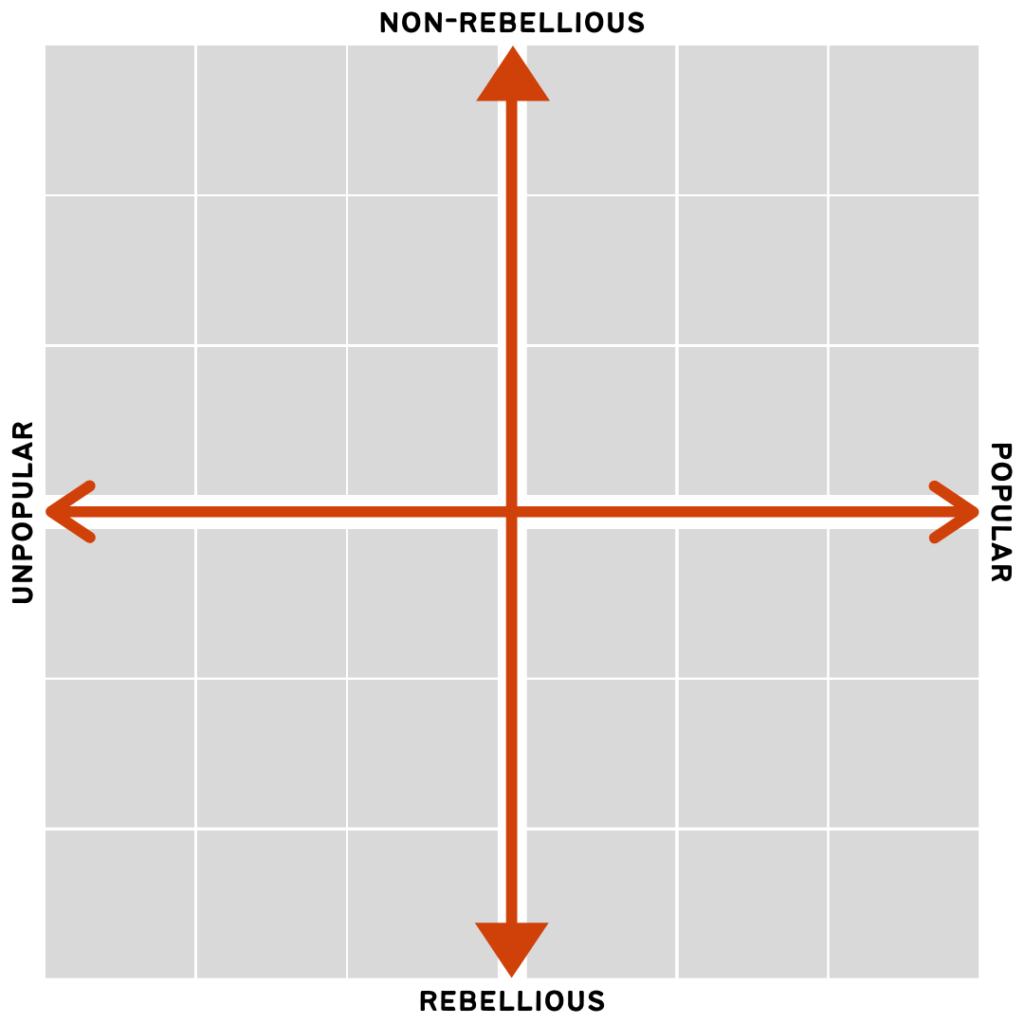
While the ranking or advice-giving lists constitute powerful, efficient traps you must admit that you can’t not read them. You might wonder if the aim of these standing lists isn’t just to start another musical world war. The result is almost always the same: someone in the comment section will start roaring ‘where is Jane Do’ album?’ or ‘this is rubbish… no Clara Schumann, no Radiohead! no Captain Beefheart, no The Plastic People of the Universe and no Lech Janerka!” or ‘what kind of idiot would forget to put and Arvo Pärt’s Te Deum?’
— Luc Ampleman
Music Poles Part 1 ➞
Student Group 1
Student Group 2
4 observations on a sample of 10 albums spanning 5 decades of Polish Music
As any serious intellectual would say: Yep! Ok, this is perhaps not rock-solid, but here’s a light and uninhibited essay with my interpretations and observations of the students’ graphs.
Observation 1: Albums where the students agreed
Who would think that Papa Dance, Vader and Liroy would share one day the same sentence? Well, it is now done. There are at least four albums on which both groups of students agreed when it came to pinning them down on the rebelliousness/popularity coordinate graph. These are the Papa Dance eponym album, Ich Troje’s Intro, Liroy’s Albóóm and Vader’s classic’ Morbid Reich.
Papa dance – “Papa Dance” (1985, Polmark/ Savitor)
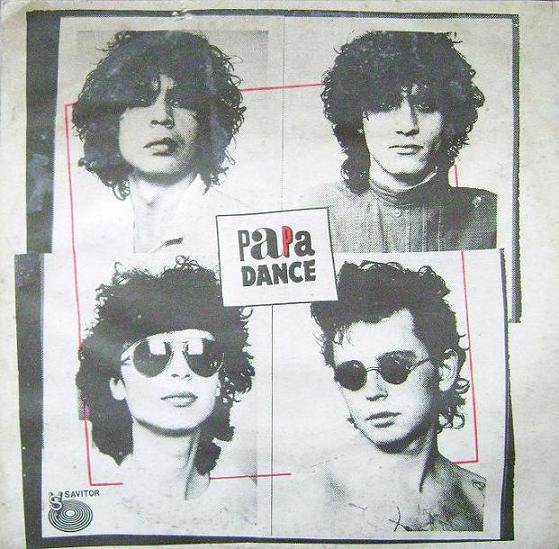
For some, the eponym album of this Polish band would definitely have to be considered as the quintessence of cheesiness. Others will contemplate it as a quite innovative, joyful synthpop emerging from the turbulent 80’s period. Although you could find a subliminal message behind the efficiently managed and quickly constructed production, it is easy to guess that the soft-electro album from 1986 did not aim to mobilise the masses against the authorities and therefore a perfect candidate for the centre of the top-right quadrant of the graph.
Ich Troje – “Intro” (1996, Koch International)
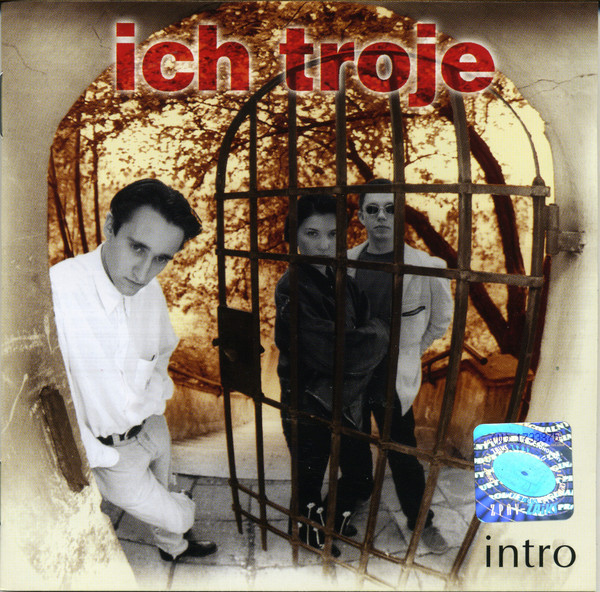
Certainly not less subservient than the previous album, this introductory album from the famous lodzian trio accurately entitled “intro” undoubtedly captures the soul of a certain post PRL solace and comfort. Well, this is already 1996, and Ich Troje will have the chance to represent Poland twice at the Eurovision contest in the decade to come (2003 and 2006). When it comes to obedience, let’s say that even the semiotic of the album does not seem to engage in shaking the esthetical convention of the time. My students’ first thought, hum… a perfect album for the obedient/ popular section and I won’t disagree.
Liroy – “Albóóm” (1995, BMG Poland)

25 years ago this album of an artist now turned politician was a hit, to use a euphemism. It was his first album under this alias, but the second in his career as an artist. Hip Hop was then conquering Poland step by step, and Albóóm had this enraged vibe from reality rap that would seize the country by becoming the fastest-selling album in Polish history. As a result, 1995 was the year when Kielce became a f*****’ active volcano (Że to miasto (hu!), to miasto (ha!) Jest jak czynny, k****, wulkan) and the year that Albóóm would triumph by taking two Fryderyki, in dance music [muzyka taneczna] and alternative music [muzyka alternatywna]. Appropriately, one may always argue that Liroy did not get his hands on the Fryderyk for the year best male singer (awarded that year to Grzegorz Turnau), but the legend was already in the making, and Albóóm is still shining today amongst the best albums sold in the country, so…“Who’s tha boss?!”. No discussion about both the popularity level and the rebellious character of this one. Albóóm is clearly the choice for the bottom-right quadrant front-runner.
Vader – “Morbid Reich” (1990, Carnage Records)
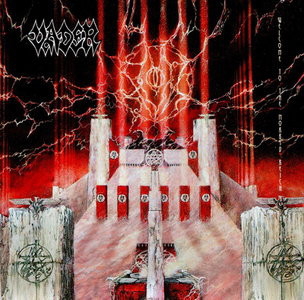
This one is a tricky choice. Not entirely a conventional album by the name of it, preferably a demo produced on a cassette at the time when Poland was moving towards something new. We are here far from the 850,000 sales achieved by Liroy’s Albóóm. Nevertheless, with more than 10,000 tapes sold and passed all over the world, the short production of 22 minutes is still remembered as the ‘best-selling death metal demos of all time’. Let’s be frank, Vader is, without doubt, one of the most exported cultural products from Poland. Thus, for the Polish audience, Vader does not still make the A-list. It would be, however, an understatement to say that the band led by Piotr Wiwczarek that emerged from Olsztyn in 1983 has gone a long way since then. Morbid Reich was released in 1990, the same year which saw the establishment RMF FM and of the first commercial radio in Poland and one year before the creation of Radio Maryja. We can easily bet that the classic demo did not manage to make the top-40 chart on these two stations. Well! Let me recheck this… Otherwise, it sounds like an album for the bottom-left corner of the chart.
Observation 2: Popular or not… Probably just a matter of age and time perspective…
Mieczysław Fogg, Karin Stanek and Dezerter have something in common. They are challenging part of the millennial who is still trying to gauge if the musical production of these artists should be considered as popular or not. On the other side, the rebelliousness level of these artists did not look like being the object of any disagreement.
Dezerter – “Jeszcze Żywy Człowiek” (1984, Tank Records)

Perhaps not the most popular one from the band, but this debut album from 1984 has some good reasons to be remembered on the PRL rebellious side of the graph. With seventeen titles recorded during the epic performance at the Jarocin festival on August 1984, it was released under the then illegal band’s label Tank Records. So, definitely on the rebellious part of the graph (and it even contains the song Rebeliant – we rest our case). Now the question is where should Dezerter be placed on the popularity level axis? On this, the two groups of students had divided opinions. You can undoubtedly be larger-than-life without being a blockbuster in Poland. Nevertheless, on this very year of 1984, Dezerter seemed to have already enjoyed some sort of notoriety on the other side of the ocean, that is to say, enough to receive a letter (which can be consulted in Michał Wasążnik and Robert Jarosz’s book) from an enthusiast follower, a certain Jello Biafra.
Karin Stanek – “Malowana Lala” (1966) Syrena Record Cie U.S.A
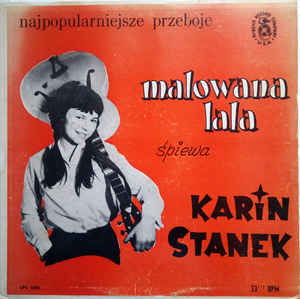
Can Karin Stanek be placed on the obedient part of the graph? That seems to be the first reflex of the respondents. I would perhaps have been more hesitant. After all, who can’t see anything rebellious in the presence of a young female artist with a guitar emerging from a modest Silesian family in the mid-1960s and then conquering the Polish audience, before struggling with travel restrictions and a series of unfortunate acts of censorship from the music and tv broadcasters? Although Karin Stanek has been quite active musically, the ‘Malowana lala’ LP which was released on the American Syrena Record in 1966 remains perhaps the most recognisable of her recordings. Definitely, this album should position Karin Stanek on the popular quadrant of the diagram in 1966. Still, one of the student groups was hesitating and considered that perhaps on the long-term, the work should be on the upper-left side. The discussion remains open to all musical auto-stop lovers.
Mieczysław Fogg – “Piosenki” (1955, Polskie Nagrania Muza)

This one is a serious matter. Mieczysław Fogg is a monument of Polish culture and let’s be honest if there were a price for the biggest stage beast in Polish history, Nergal would finish second, straight after Pan Fogg. I mean, the dude (please, read ‘gentleman’) toured the world and even put gigs in Brazil, Ceylon and Greenland. All in all, he is credited for more than 16,000 concerts during his lifetime. I did the maths and was thinking about what it would look like if I compare one concert to one teaching session a day. Hum… it is like teaching non-stop every day from Monday to Friday for almost 61 years. Anyone can object that there was surely more than one concert a day…. Yeah, that’s not the point. This is still 16,000 performances. Both groups of respondents have agreed to add the Fogg’s album Piosenki on the obedient side judging perhaps that songs like ‘Siwy Włos’, ‘Pierwsze Bzy’ and ‘Błękitne Oczy’ have nothing to bring down any government in 1955. Sure! Perhaps fair about the album when it comes to the rebellious level. But then why would my informants disagree on the popularity level. If one considers the long-term, Fogg’s Piosenki would unquestionably lean on the popular side of the chart, right?
Observation 3: To rebel or not to rebel… Some of us have still to choose our side.
Unlike the last three previous albums, the three next ones found an absolute consensus about their popularity level between both teams of informants. More unclear thus, was it one should consider these musical acts’ productions at the time on the renegade or docile side.
Budka Suflera – “Cień Wielkiej Góry” (1975, Polskie Nagrania Muza)

Cień Wielkiej Góry from the Budka Suflera is a compelling case. While both student groups would consider the album as a popular one, they seem to disagree partially on the level of rebelliousness, although, both groups put the opus very close from the rebelliousness abscissa. Isn’t it a safe way to disagree after all? The album itself is a thought-provoking 5-title project with songs varying from 2:58 (Samotny Nocą) and 19:23 (Szalony Koń which occupies all the B-side of the album). Czeslaw Niemen was invited to play the Moog on this album which also contains the tragic title song that gave its name to the album.
The Dumplings – “No Bad Days” (2014, Warner Music Poland, Pomaton)
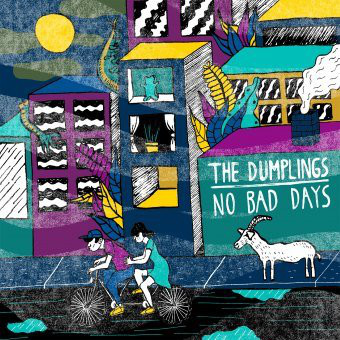
Curiously enough, the group of students who pinned down the Budka Suflera’s first opus as an obedient part of the graph have also considered ‘no Bad Days Warner’ from the Dumplings (which was released almost 40 years later) on the rebellious side while the other group did the opposite. While both groups of students were labelling Budka Suflera’s first album on the popular side, the Dumpling first LP, however, went on the unpopular section of the diagram. So, rebel or not? Perhaps the two prodigious youngsters who weren’t old enough to vote at the time of the album release could be seen as defiant. Or is it the song ‘Man Pregnant’ which was deemed too controversial? So for one group of students the album found a spot on the lower part of the diagram. This has not convinced the other group which pinned it down on the highest part of the obedient (non-rebellious) axis. This one is open for debate.
Observation 4: The last album left.
Vavamuffin – “Vabang!” (2005, Karrot Kommando)
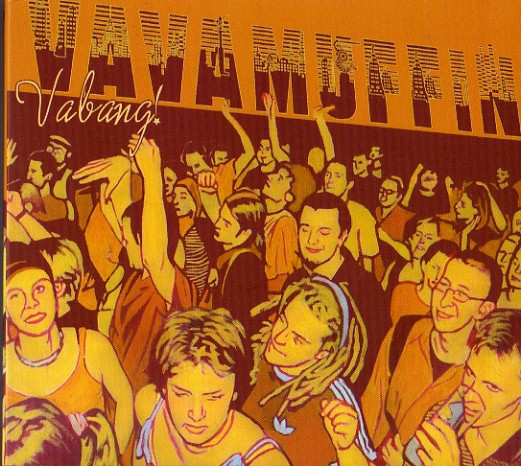
Only one team assessed the 2005 first LP album of Vavamuffin in the bottom-left quadrant of the diagram, that is on the unpopular/rebellious portion of the graph. Released in April 2005, Vabang! was just in time to become a summer hit album with excellent vibes and an intelligent spirit. The first production of the these Wawa ragamuffin masters was highly praised and perhaps also served later as an excellent trampoline for Paweł Sołtys (alias Pablopavo). So, what about this album? Unpopular? Hum! Certainly not! Specially in regards of the Polish reggae scene, and very well beyond this musical niche. Rebel? Obviously, something to discuss, but not finding in it any touch of delinquency, provocation or appeal against conformism would perhaps be a sign of bad faith.
It’s all about negotiating meaning
It’s not rocket science. The virtues of the four-quadrants coordinate system lay in exposing how each of us usually negotiates meanings when listening to music. When it comes to the political geography of popular music the Polish scene offers a rich heritage to explore.
What would be the readers’ choice on the rebelliousness/popularity graph? Which Polish album could be an excellent contender for the most rebellious? Which one could be considered as the quintessence of obedience (non-rebelliousness) during and after the PRL period? And what would be the most difficult album to classify on this matrix? Namely, what would be album “0,0”, the one which would fit exactly in the centre of the graph and puzzle every single Polish music lovers?
Any proposal for future musical coordinate systems or musical Poles’position. Let me know.

Comments
[…] Read Part 2 and check out the results of the experiment➞ Music Poles: 10 Albums & 5 Decades of Popular Polish Music […]